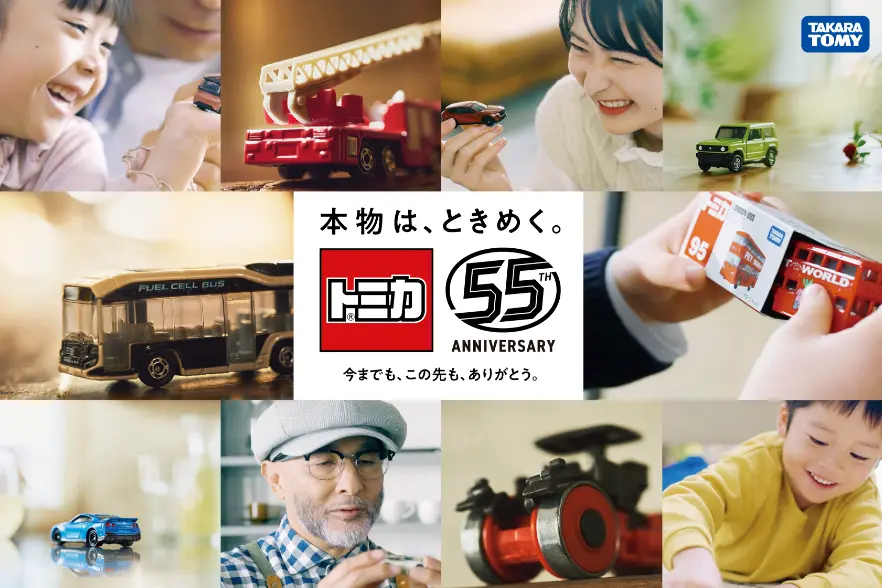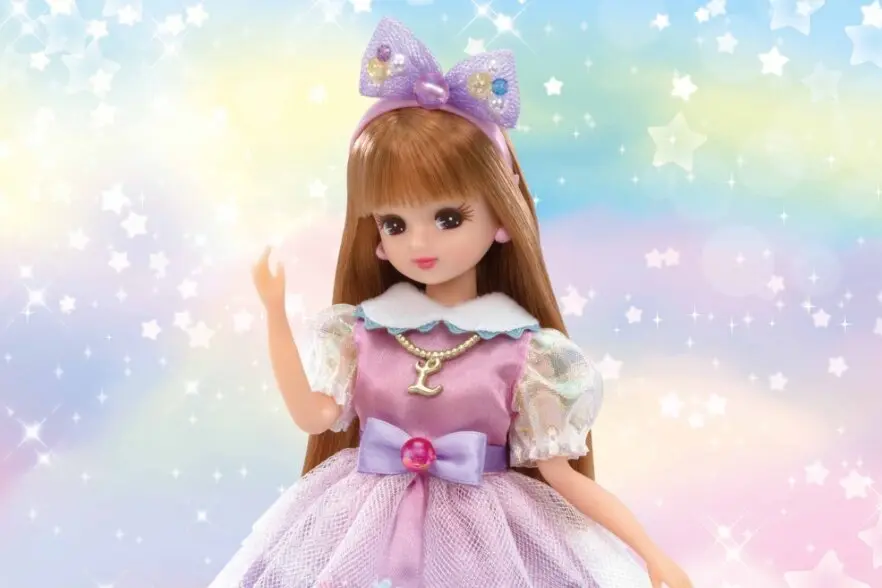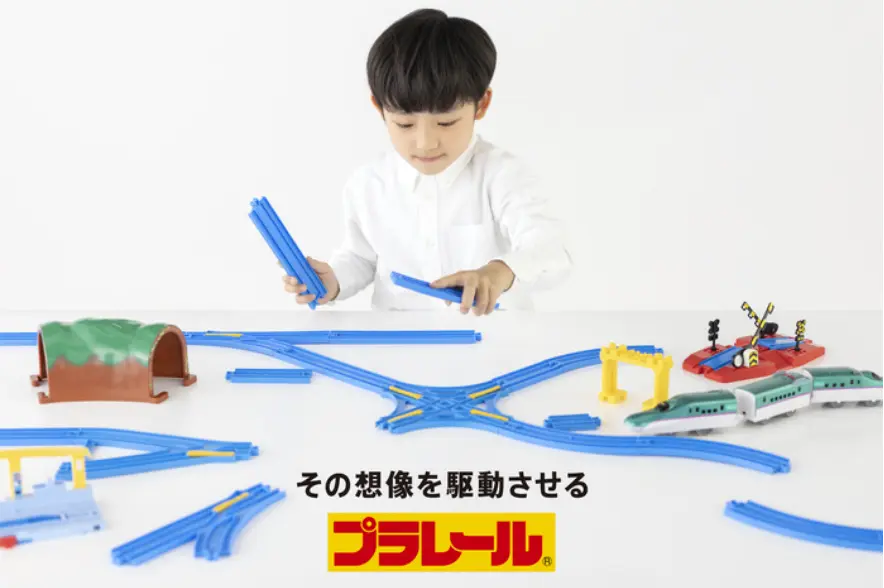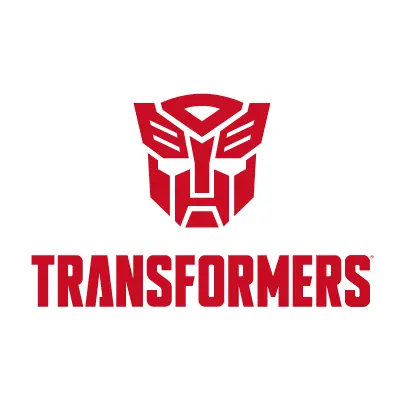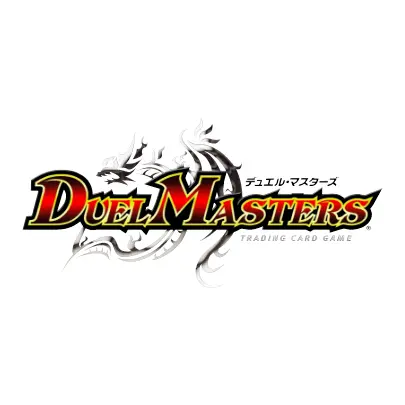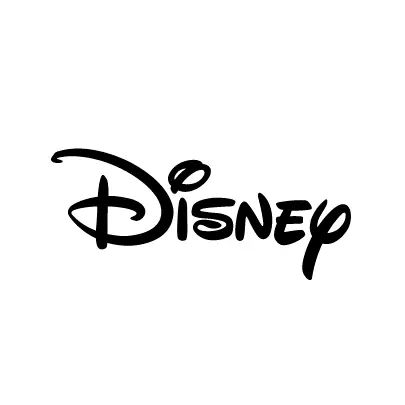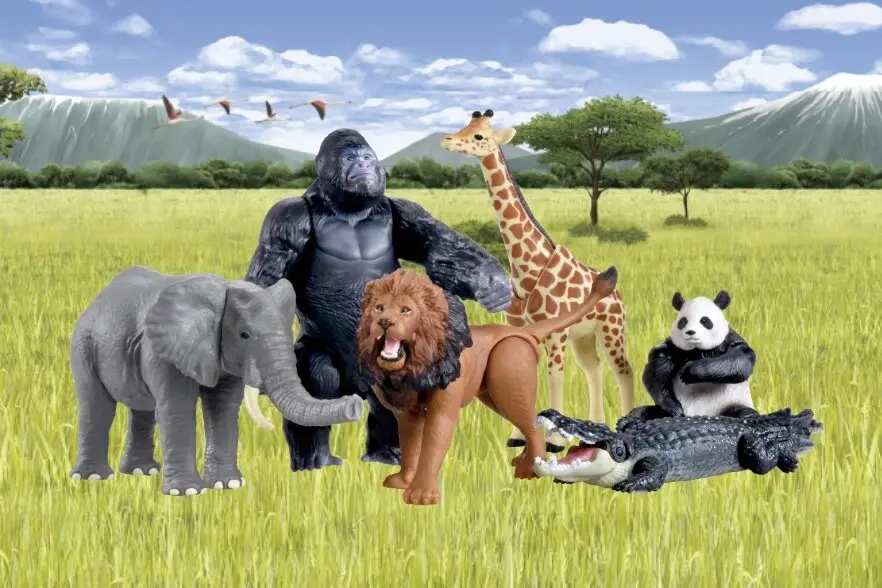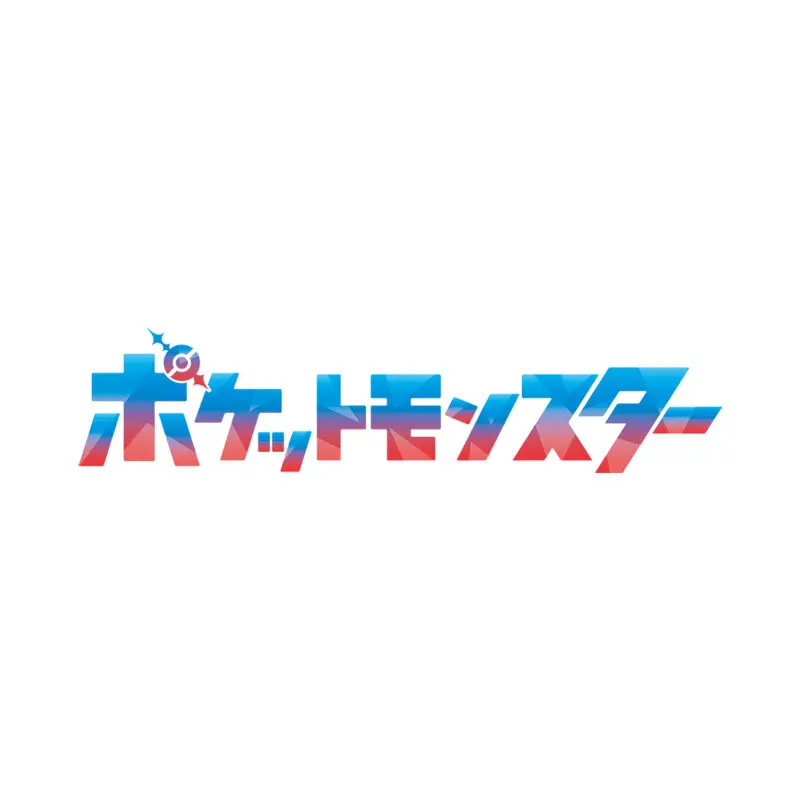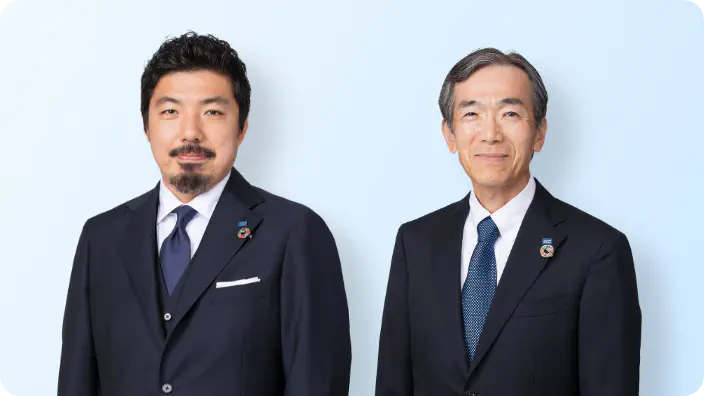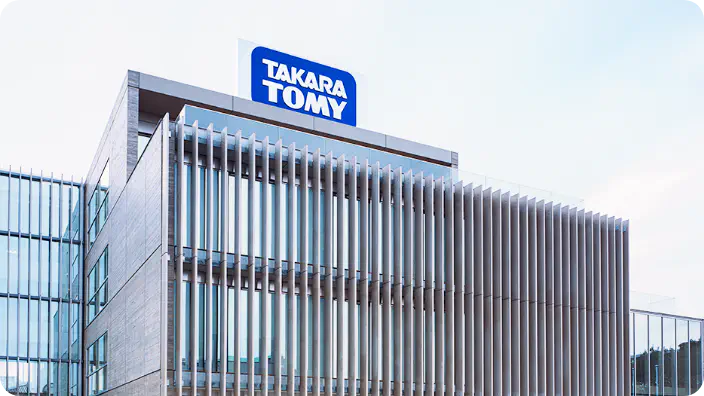1920s onward
On February 2, 1924, Eiichiro Tomiyama founded Tomiyama Toy Seisakusho, the predecessor of today’s TOMY Company, Ltd. The company manufactured numerous toy airplanes, establishing a reputation in the industry linking the Tomiyama name with toy airplanes. Later, the company expanded its business through one industry-leading initiative after another, including the establishment of the first factory in the toy industry with an assembly line system and the creation of a toy research department.
Tomiyama also contributed greatly to the modernization of the toy industry through its determined efforts to improve the standing of toy manufacturers.
| 1924 | Aero Plane Breguet |
|---|---|
| 1930 | Looping Plane |
| 1935 | Air Man |
| 1937 | Tank |

